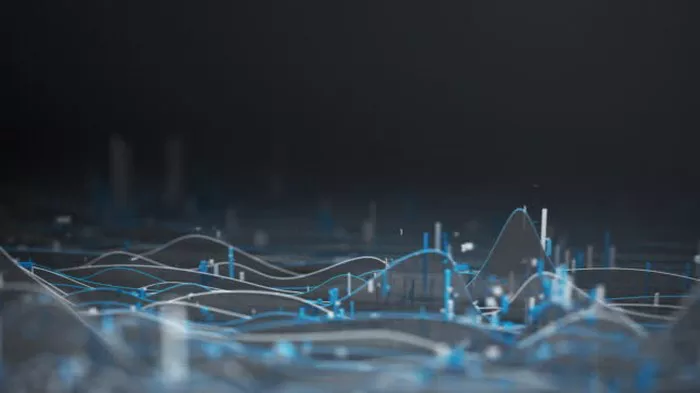S&P 500 futures represent a vital component of the financial markets, offering investors exposure to the performance of the S&P 500 index. These futures contracts are agreements to buy or sell the S&P 500 index at a predetermined price on a specified future date. Traders use S&P 500 futures for various purposes, including hedging against market risks and speculating on the future direction of the market.
Purpose of S&P 500 Futures
One of the primary purposes of S&P 500 futures is hedging against market risk. Investors, including institutional investors and fund managers, use these futures contracts to protect their portfolios from adverse movements in the stock market. By taking an opposite position in S&P 500 futures, investors can mitigate potential losses resulting from market downturns.
Additionally, S&P 500 futures provide opportunities for speculating on the future direction of the market. Traders analyze market trends, economic indicators, and geopolitical events to anticipate the movement of the S&P 500 index. By taking positions in S&P 500 futures contracts, traders aim to profit from correctly predicting market movements.
Trading Platforms
S&P 500 futures are primarily traded on the Chicago Mercantile Exchange (CME), one of the largest derivatives exchanges globally. The CME offers a robust electronic trading platform where investors can access a wide range of futures contracts, including S&P 500 futures. Trading on the CME provides liquidity, transparency, and efficiency, facilitating seamless execution of trades for market participants worldwide.
The process of trading S&P 500 futures contracts involves several steps. First, investors need to open an account with a registered futures broker that provides access to the CME’s trading platform. Once the account is set up and funded, investors can place buy or sell orders for S&P 500 futures contracts through their broker’s trading interface. Orders are matched electronically on the exchange, and trades are executed based on prevailing market prices.
E-mini and Micro E-mini Contracts
In addition to standard S&P 500 futures contracts, the CME offers E-mini and micro E-mini contracts, providing flexibility and accessibility to a broader range of market participants. E-mini contracts represent a fraction of the value of standard contracts, making them more affordable for individual traders and smaller institutional investors. Micro E-mini contracts, introduced more recently, offer even smaller contract sizes, further democratizing access to S&P 500 futures markets.
These smaller-sized contracts enable traders with limited capital to participate in S&P 500 futures trading, allowing them to manage risk and pursue investment opportunities that align with their financial objectives. E-mini and micro E-mini contracts have gained popularity due to their lower margin requirements and reduced exposure to market fluctuations compared to standard contracts.
Pricing and Settlement
S&P 500 futures prices are determined by the market forces of supply and demand, reflecting investors’ expectations of future index values. The price of a futures contract is quoted in index points, with each point representing a specified monetary value. Contract specifications, including size, expiration date, and tick size, are standardized by the exchange to ensure transparency and liquidity in the market.
At expiration, S&P 500 futures contracts are settled in cash, rather than physical delivery of the underlying index. Cash settlement simplifies the trading process and eliminates the need for physical delivery of assets, making futures trading more accessible and efficient for market participants. Settlement prices are based on the closing value of the S&P 500 index on the contract’s expiration date, as determined by the exchange.
Risks and Considerations
While S&P 500 futures offer various opportunities for investors and traders, they also involve inherent risks that must be carefully considered. Futures trading carries the risk of substantial financial loss, as prices can fluctuate rapidly in response to changes in market conditions. Leverage amplifies both potential gains and losses, increasing the risk of significant portfolio volatility.
Additionally, futures trading requires a thorough understanding of market dynamics, risk management techniques, and regulatory requirements. Traders must possess the knowledge and skills to analyze market data, implement trading strategies, and adapt to changing market conditions effectively. Lack of experience or expertise in futures trading can expose investors to heightened risks and potential losses.
Market Indicators
S&P 500 futures serve as valuable indicators for assessing market movements and investor sentiment. As one of the most widely followed equity benchmarks globally, the performance of the S&P 500 index influences investor perceptions of overall market health and economic conditions. Changes in S&P 500 futures prices reflect market participants’ expectations of future index values, providing insights into potential market trends and sentiment shifts.
Moreover, S&P 500 futures act as leading indicators for broader market movements, influencing trading decisions across various asset classes, including stocks, bonds, and commodities. Traders and investors monitor S&P 500 futures prices closely to gauge market direction and adjust their investment strategies accordingly. The correlation between S&P 500 futures and other financial instruments underscores the index’s significance as a barometer of market sentiment and risk appetite.
Conclusion
In conclusion, S&P 500 futures play a crucial role in modern financial markets, offering investors and traders opportunities to manage risk, pursue investment objectives, and gauge market sentiment. By understanding the mechanics of S&P 500 futures trading, including contract specifications, pricing mechanisms, and risk factors, market participants can make informed decisions and navigate the complexities of futures markets effectively.


